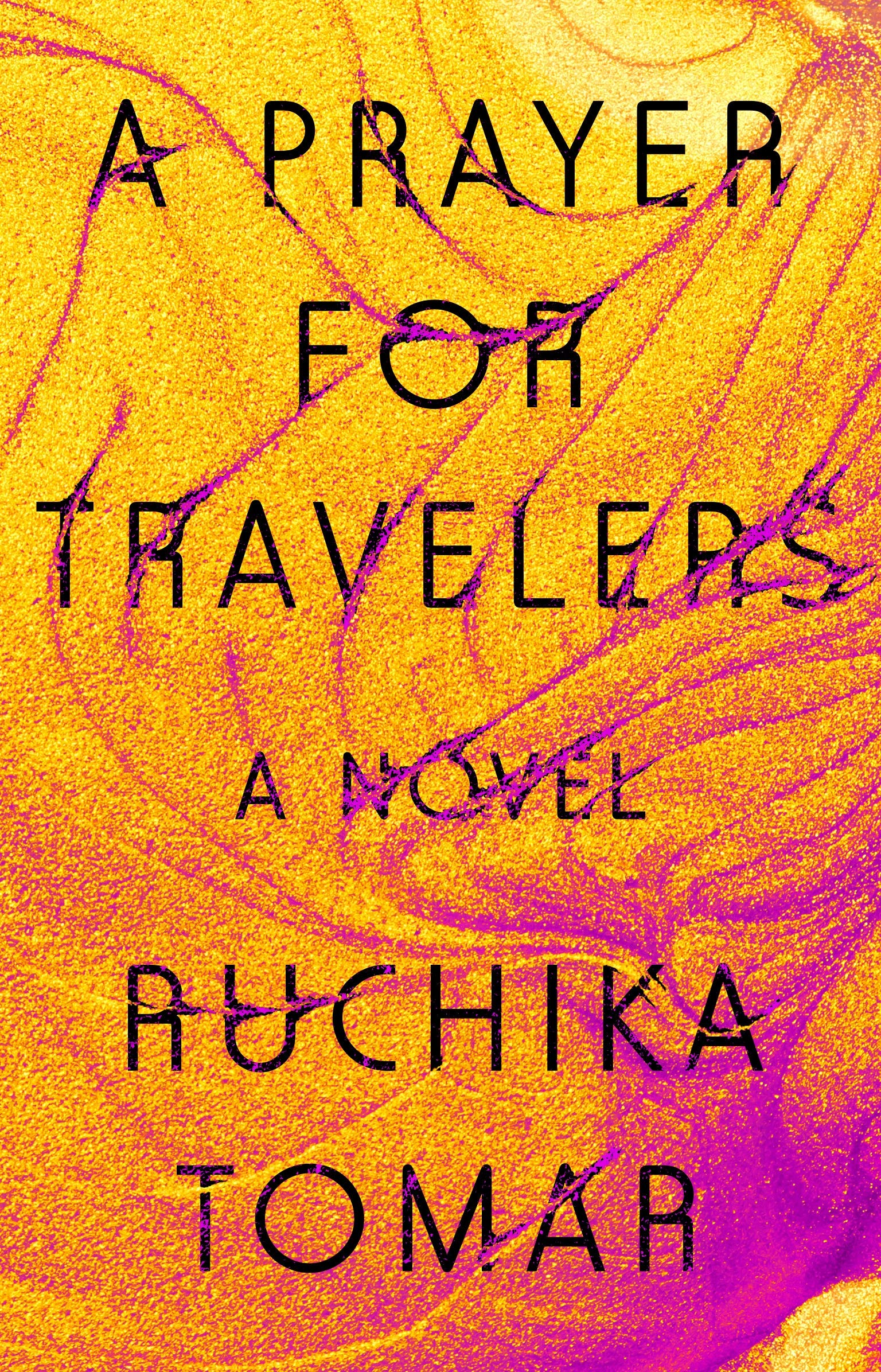
Go Forth is a series that offers a look at contemporary literature and publishing, started by Brandon Hobson and Nicolle Elizabeth in 2012.
The imagery in Ruchika Tomar’s debut novel, A Prayer for Travelers, comes into focus like signposts on the side of the road, approaching the reader from beyond the bend of the prose. A lake-shaped sweat stain, a heart drawn in the condensation on a glass, a bright blue building shining like an oasis. And then: a postal worker suffocated by the heat, dead in her bed. A house full of snakes. This is a story of reversals; it’s a story that moves in reverse, switches gears, doubles back, and jumps forward. It defies the laws of roads, while obeying the air that shimmers where the road meets the horizon on a sweltering day: things are not exactly as they seem.
Tomar’s book is as lethal as desert heat, but it’s not only hot—it runs warm too, attuned to the emotions and hearts of its characters. The plot centers around an unlikely friendship between two young women: the introspective Cale and the irresistible Penny. A tragedy upends their chronology, and Cale is suddenly the central character in a Western noir, in search of Penny, who has gone missing. Cale spends the novel looking for her friend, but in fact, the book is full of characters who have gone missing in one way or another, a tapestry of ways in which the people we love disappear. By centering the mystery on Cale and Penny’s bond, Tomar imbues the peculiarities and resentments and ellipses of female friendship with the power and romance and grand geography of the book’s landscape. In her hands, friendship becomes both legend and lore, the fable we need to travel through the world.
—Hilary Leichter
I. “A Negotiation between ghosts”
THE BELIEVER: Tell me about the inspiration for the invented town of Pomoc, Nevada.
RUCHIKA TOMAR: The problem with writing about a mythic, storied place like the West is twofold. First, there’s already so much history about the West that people approach these stories with preconceived notions about what they’re going to look like, and sound like, and who can embody them. Secondly, certain recent developments have skewed the perception of the West in the national consciousness in strange ways that war with history. Both of these things limit the diversification of a modern Western narrative. The free-love Bay Area of the 1970s still lives in our imagination, despite being completely at odds with the modern, lifeless iteration of the Bay as a gentrified Silicon Valley. Both of these realities still exist if you know where to look, as...
You have reached your article limit
Sign up for a digital subscription and continue reading all new issues, plus our entire archives, for just $1.50/month.
Already a subscriber? Sign in




